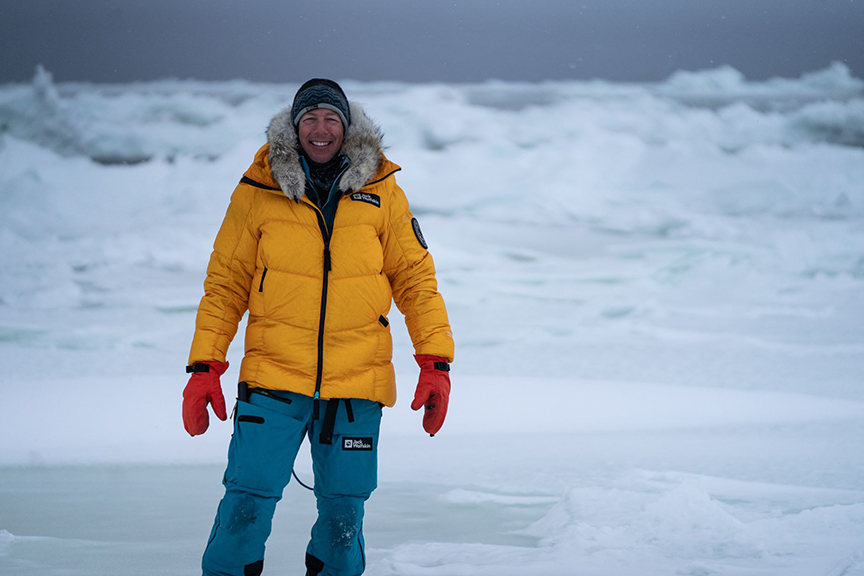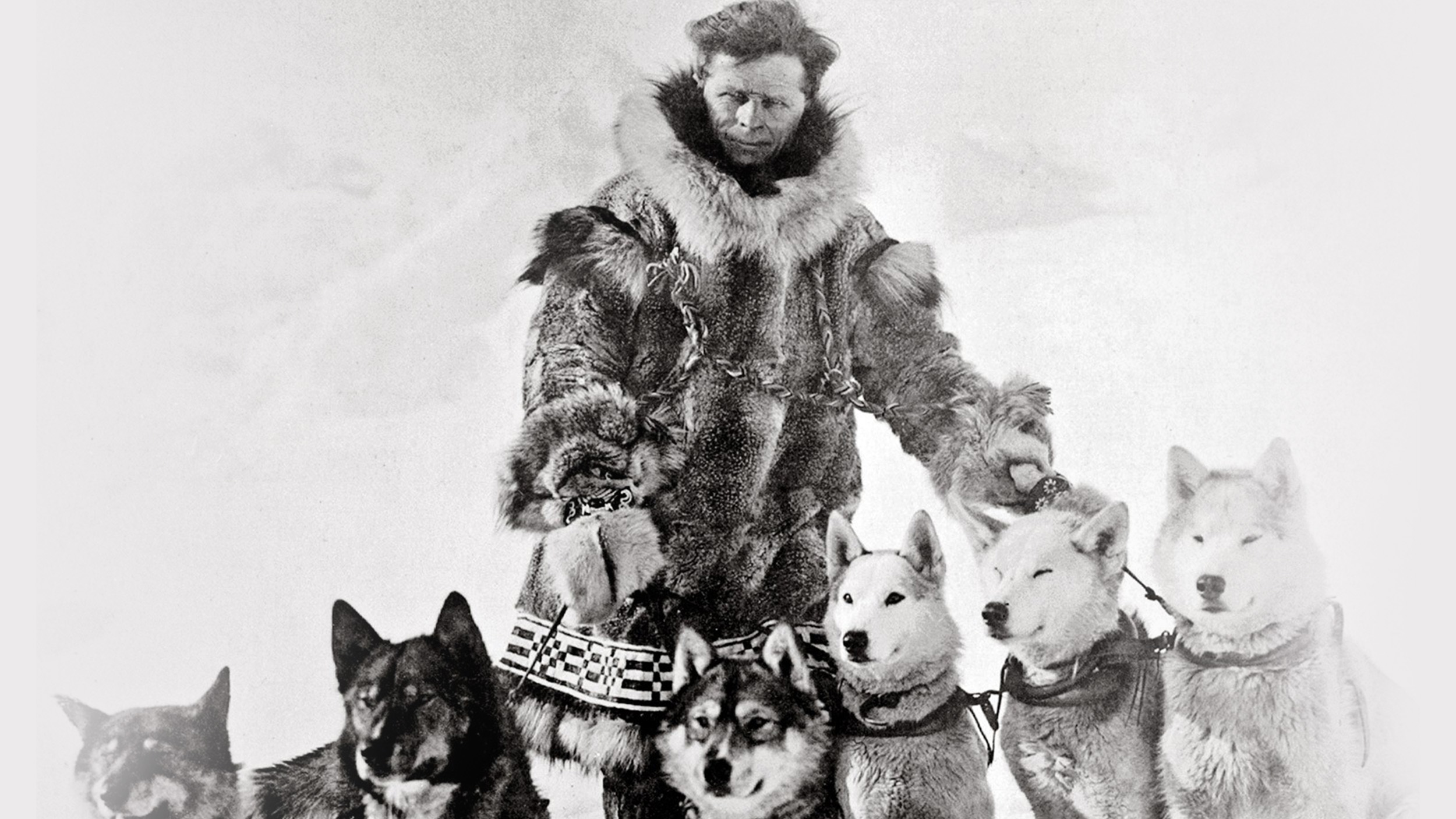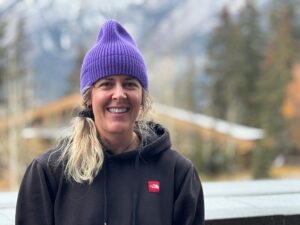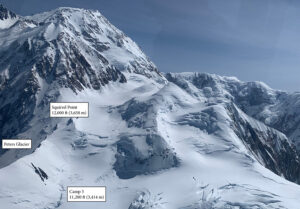“An epidemic of diphtheria is almost inevitable here STOP I am in urgent need of one million units of diphtheria antitoxin STOP Mail is only form of transportation STOP”
Those chilling words are part of a message sent by Dr. Curtis Welch to the U.S. Public Health Service in the early winter of 1925. Dr. Welch was concerned, bordering on panicked. He was the only doctor servicing Nome’s 1,400 residents, and diphtheria cases were spiking despite his efforts at quarantine. Worse still, his stock of diphtheria antitoxin had expired, and the ship intended to deliver more hadn’t made it to Nome before winter ice closed the port.
The events that followed are the stuff of Alaskan legend. A team of 20 Alaskan dog-sledding mail carriers, anchored by Norwegian-Kven-American musher Leonhard Seppala, made a 1,085km dash across the Alaskan interior.
Departing from Nenana, the men and their dogs relayed the antitoxin all the way to Nome in 127.5 hours without breaking a single ampule of the crucial treatment. Along the way, they faced storms, hurricane-force winds, capsized sleds, and severe frostbite in the frigid Alaskan temperatures.

Nome, Alaska, 1916. Photo: Wikimedia Commons
Nick of time
By the time they arrived, diphtheria cases in Nome had reached 27. The sled delivered the antitoxin, and those cases were duly treated. Nome’s death toll from the outbreak stayed at a handful.
Next year, on the 100th anniversary of the Serum Run, dog musher and Marine veteran Jonathan Hayes and polar explorer Eric Larsen will recreate the trip — albeit at a somewhat more measured pace.
Dubbed the Seppala Centennial Expedition, the journey will highlight the contributions of all the men and dogs from the 1925 Serum Run, particularly those of Leonhard Seppala and his lead dog Togo. Seppala and his dogs covered 420km of the relay — the longest stretch of the Serum Run over the most dangerous ground.
Hayes is a dog breeder and musher living in Poland Spring, Maine — where Seppala started a kennel in his later years, and where Togo retired. In fact, Hayes’ dogs trace their lineage to Togo. Seppala is generally credited with introducing the Siberian Husky breed to the English-speaking world.
“These modern takes on ‘historical’ adventures are a great way to connect people with the stories and insights of the past,” Larsen told Expedition News.

Eric Larsen. Photo: Eric Larsen
Historical focus
The expedition is part of a fresh historical focus on Larsen’s part.
“As I move forward with my career, focusing simply on my own personal objectives seems weirdly selfish,” Larsen, the first and only person to reach the South and North Poles and the summit of Everest in one year, told this journalist in 2023. Larsen added that he now focuses on uplifting others and celebrating historical figures.
Hayes and Larsen expect the journey to take around three weeks. They will be accompanied by a two-snowmobile crew that will document the expedition and provide logistical support.






